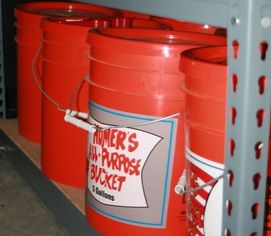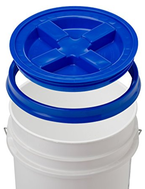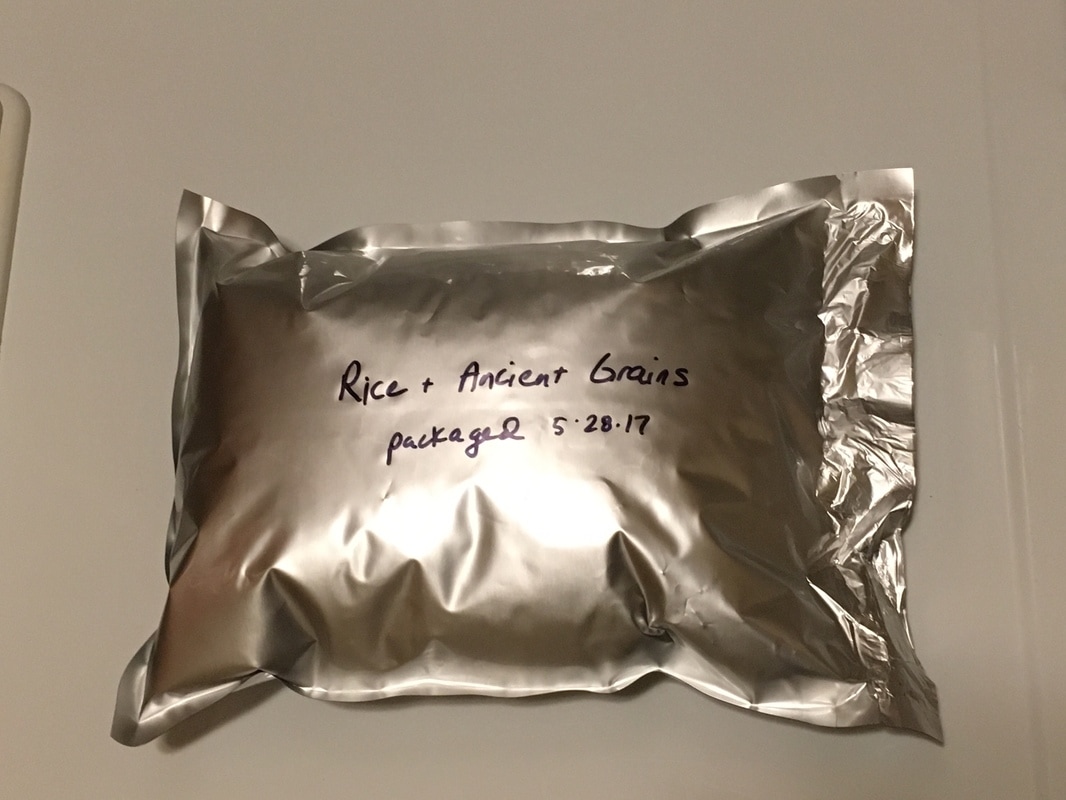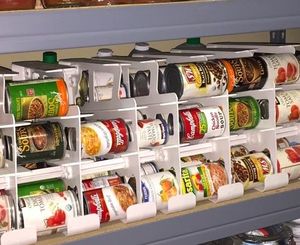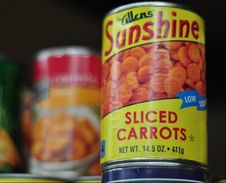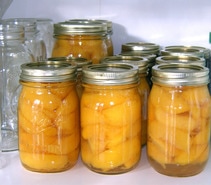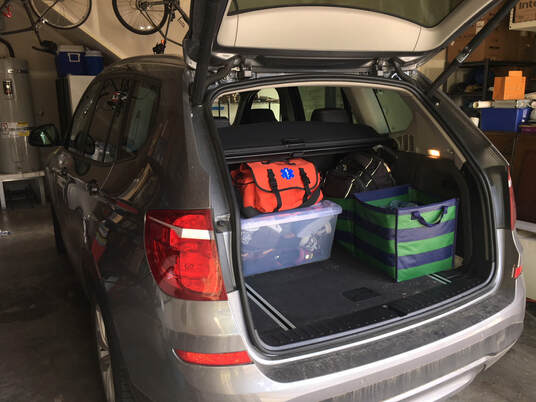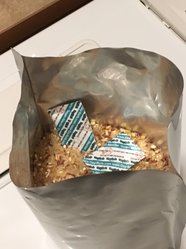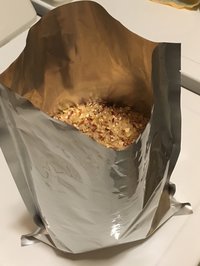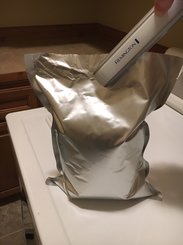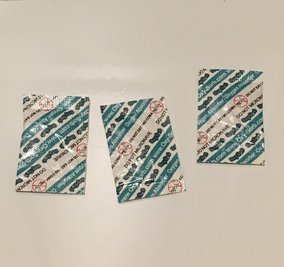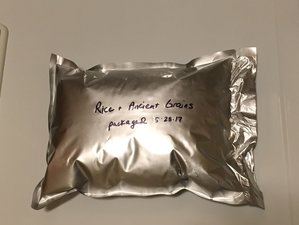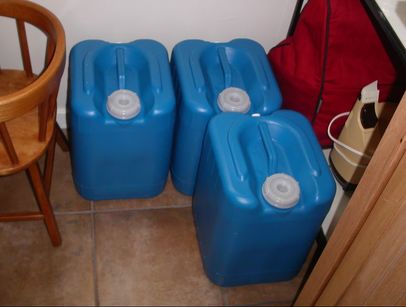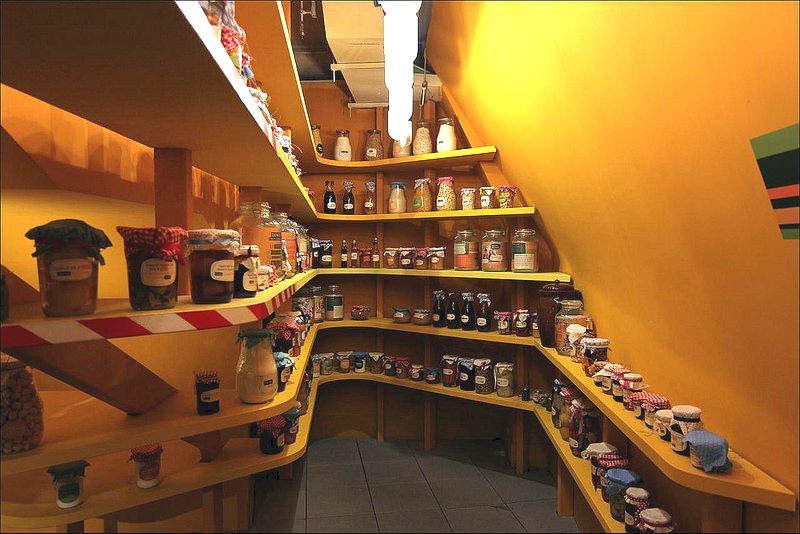HOW TO STORE FOOD
It's great to have a bunch of non-perishable food stocked up, but how do you keep the food as fresh as possible, and where can you stash it all? Unless you have a jumbo-sized house with an extra bedroom that you don't use, you're going to have to be creative!
FOOD STORAGE RECEPTACLES
FOOD STORAGE RECEPTACLES
- Use 4- or 5-gallon food grade storage pails to store bulk food (rice, dried beans, flour, etc), store bulk food in heat-sealed mylar bags, and store pre-packaged freeze-dried foods (which usually come in Mylar bags) - See below for ideas about where in your home to store these
- Gamma lids (for the above-mentioned pails) are awesome for making storage pails air-tight and for easy removal.
- 10-gallon galvanized steel trash cans with locking lids are quite secure.
- Cans can be store on can rotating racks in your garage, basement and/or pantry.
- Cans & glass jars can be stored on more traditional racks in garage, basement and/or pantry.
|
5-gallon storage pails
|
HOW TO PACKAGE FOOD FOR LONG-TERM STORAGE
- Here's what we know about commercially canned and home-canned foods:
- Here's what we know about commercially canned and home-canned foods:
|
Commercially canned food is good for at least as long as the "Best By" date on the can. Highly acidic foods (like fruit and tomatoes) last 1.5 years, but low-acid foods (most vegetables and meats) can last 5 years.
|
Home canned food is generally expected to taste good for 12-18 months.
All canned food lasts longer/retains flavor best if kept in a cool, dry place. |
- How will you know if canned food is still OK to eat?
- If it's leaking fluid or the top is bulging, throw it away
- If there is mold on top or it smells bad when you open it, throw it away
- If the color has changed a little but it smells alright, it's OK to take a small bite
- If it tastes and smells OK, it's probably OK
- You can store dry bulk items (like powdered milk, flour, pasta, beans and rice) in heat-sealed mylar bags to help them last a LONG time. Here is how you do this:
|
|
WHERE TO STORE STUFF?
GARAGE
- Wire or other inexpensive shelving
- Overhead storage
PANTRY OR GARAGE CAN ROTATION RACKS
- These racks hold many more cans than can normally sit on a pantry shelf, and present the “oldest” cans first, so you can rotate your supplies appropriately, before they expire (see photo above).
UNDER BED STORAGE
- Under-bed storage bins are great for storing canned food and other survival food including pasta, bottled water, and mylar-packaged staples.
CLOSETS
- Put 1 pail full of food in every closet, plus some water.
BASEMENT or CRAWL SPACE
- Put in some cheap shelving/wire racks and store your well-packaged (rodent-proof) food down!
- Package food in Mylar bags with oxygen absorbers.
- Put food into 5-gallon plastic or 10-gallon galvanized steel cans (aka paint cans and small garbage cans), and tightly secure the lids.
